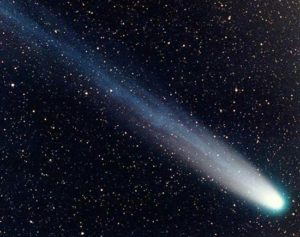![]() Amateur astronomy is a discipline that has gained great importance in the development of this science. Many of the discoveries in space are not only made by professional astronomers working in large observatories; supernovae, clusters and comets, among other things, have been captured by amateurs who, with simple instruments and a lot of patience, make important contributions.
Amateur astronomy is a discipline that has gained great importance in the development of this science. Many of the discoveries in space are not only made by professional astronomers working in large observatories; supernovae, clusters and comets, among other things, have been captured by amateurs who, with simple instruments and a lot of patience, make important contributions.
To enter this area, a telescope or expensive accessories are not essential. This hobby starts with curiosity and interest in the cosmos, and in that sense, the most valuable tool for exploring the sky is our own eyes.
Participation in discoveries
What is a star? Where do comets come from? Is there life outside our planet? How big is the Universe?. If more than once when looking at the night sky you asked yourself these questions, or your curiosity leads you to investigate more about the subject, it is probably the beginning of this great hobby. Astronomy is one of the few sciences available to anyone interested in knowing more about the stars, simply because the “working material”, the sky, is always available to us (of course, if it is not cloudy!). This gives us the possibility of approaching this science with a high degree of professionalism and seriousness, without necessarily having an academic degree.

There are groups of amateurs dedicated to collaborating in scientific research. Many astronomical discoveries and contributions in the 20th century have been made by amateur astronomers, highlighting: the discovery of Pluto, pulsars, the 1987 A supernova, famous comets such as Hale-Boop, Hyakutake, Shoemaker-Levy 9 and several asteroids.
Furthermore, fans have records of comets and supernovae discovered, you are last with home-made telescopes. The hobbyist has left his name engraved in the cosmos with these discoveries, and you can do it too.

